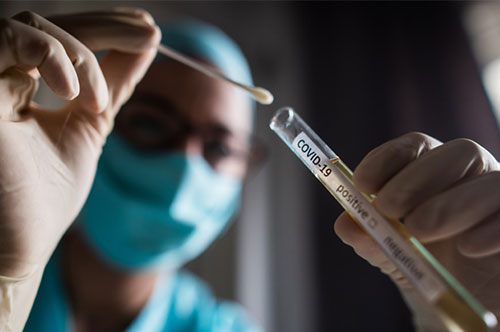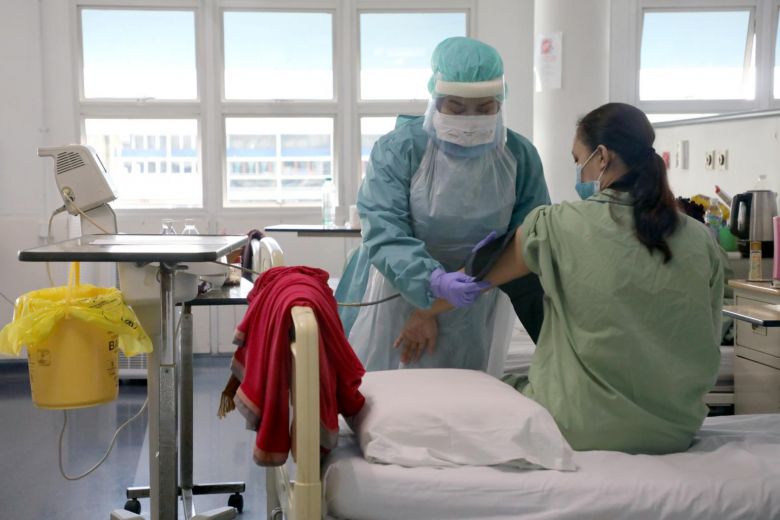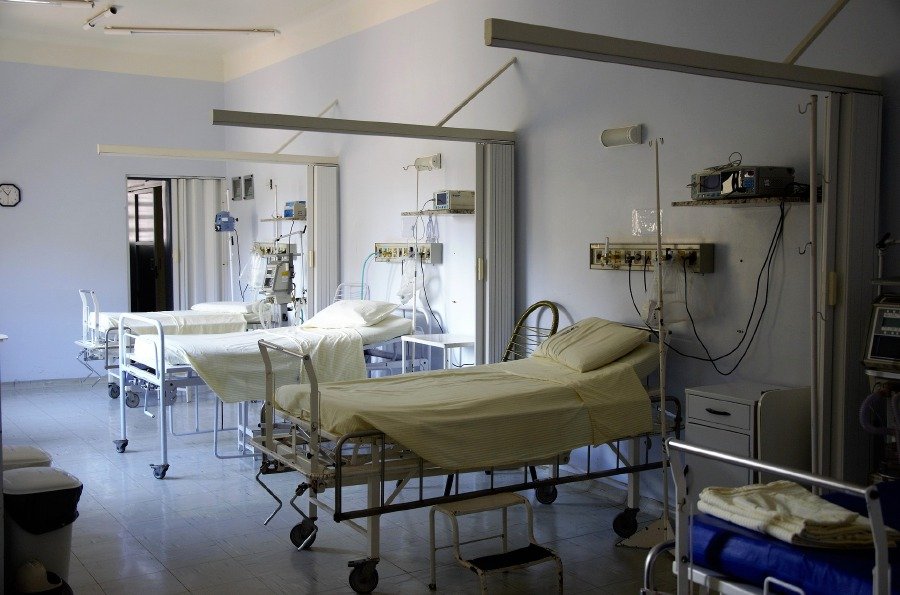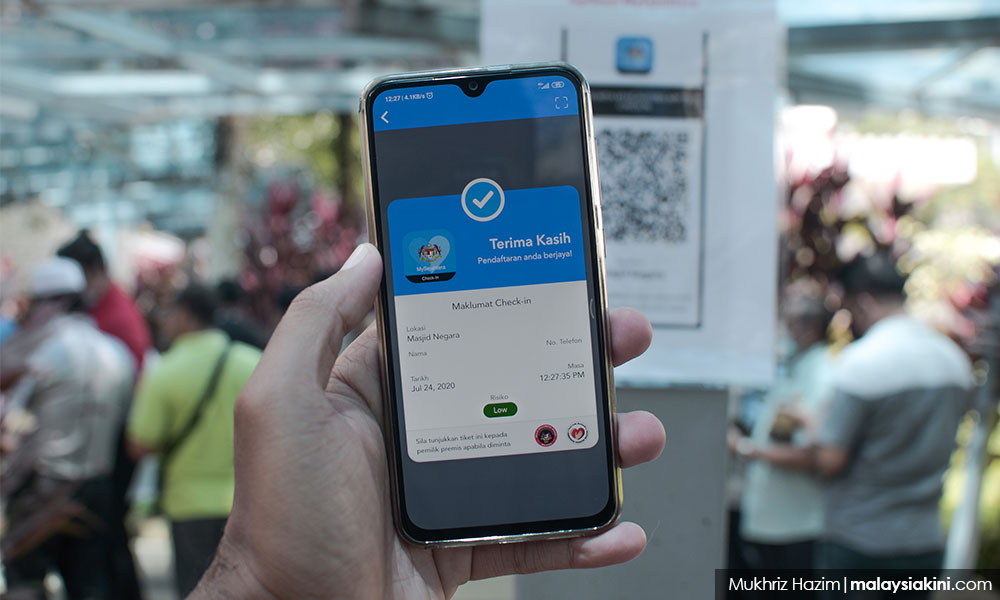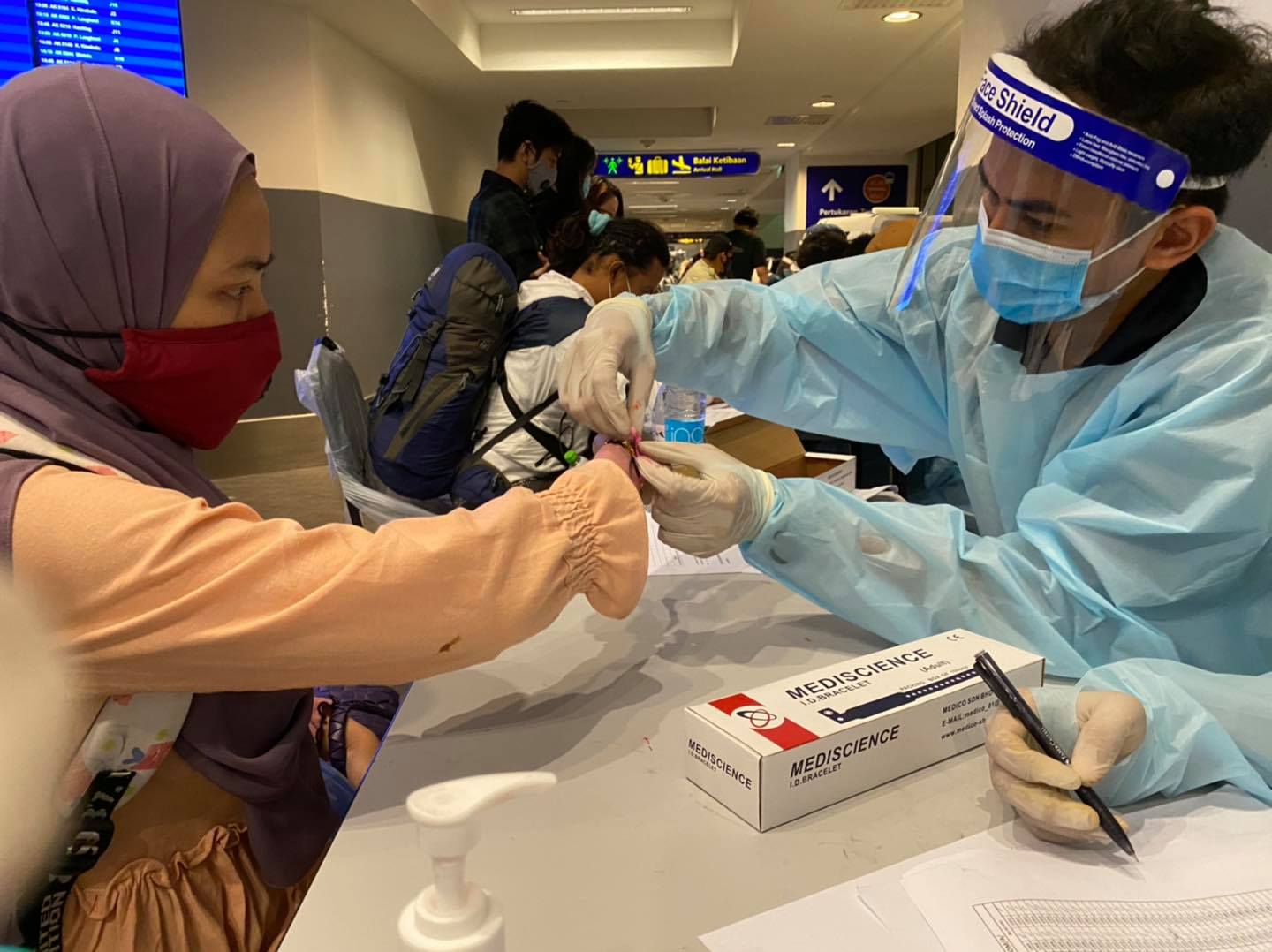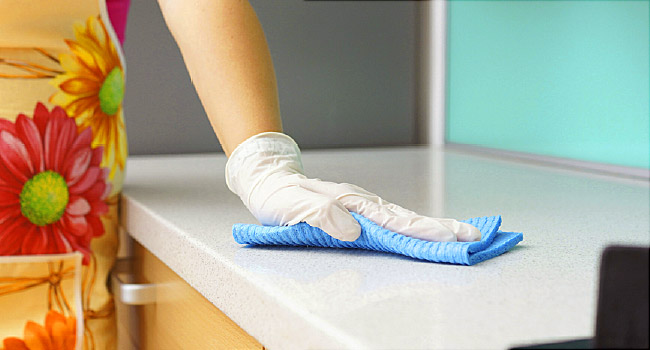So You Tested Positive For COVID-19. What Happens Next?
We give you a low-down on what happens to a confirmed COVID-19 case.
With cases of COVID-19 on the rise, many are asking: what happens if I test positive? Will I be hospitalised? How will all my close contacts be traced?
The good news is there are clear guidelines, COVID-19 hotlines, and many online consultation services provided by the Ministry of Health (MOH) in Malaysia that answer these queries.
1. The District Health Office (PKD) will send an ambulance to pick you up from your home
Once you test COVID-19 positive, it will set in motion a series of events, starting with your screening centre registering you as a COVID-19 case and notifying your local PKD about you.
The PKD will arrange for an ambulance to pick you up and send you to the closest designated COVID-19 admitting hospital.
2. You will be admitted to a hospital for isolation, regardless of symptoms
Even if you do not have symptoms for COVID-19, you will need to be isolated from the public and your own family members to prevent the spread of the disease.
Furthermore, admission will help healthcare professionals monitor your progress and provide appropriate medical care according to your needs.
People most affected by COVID-19 are patients above 50 years old and with pre-existing chronic illnesses.
And while most patients will only have mild disease, clinical deterioration can occur in about 10% to 15% of cases. Some cases develop new or worsening breathing symptoms between five and 12 days from when they first notice symptoms.
3. Pack for at least a 10-day stay at the hospital
Here's a checklist of things to bring to the hospital:
- Important documents (IC, list of medications)
- Handphone and charger
- Towel
- A bag of toiletries (soap, shampoo, conditioner, toothbrush, toothpaste)
- Clean clothes and underwear (hospital gowns are usually provided)
- Comfortable flip-flops
- Snacks and a water bottle
- If you are quite well, a lot of entertainment - tablet, books, earphones, puzzles, magazines
According to the MOH's discharge criteria, you will be in the hospital for at least 10 days before being allowed to leave.
More specifically, if you are a COVID-19 case with no symptoms, you can be discharged 10 days after you first tested positive with the coronavirus. If you do have symptoms, you can only be discharged 10 days after the symptoms first began and at least 24 hours since they have subsided.
Most notably, patients need not repeat a COVID-19 test to be discharged from the ward.
4. District Health Officers will notify your close contacts to come in for testing
Close contacts will be identified by the PKD and MOH through multiple avenues, including history taking (which will involve you remembering where you have been in the last 14 days) and the mySejahtera tracing app.
The definition of a close contact of a confirmed case is a person who has been in direct contact (shook hands, for example) or have interacted (stood less than 1m away) with a person who was later confirmed as a COVID-19 patient.
These can include:
- People who live in the same household as you.
- Colleagues or classmates in close proximity with you at work or school.
- Public transport users who took the same bus or train as you.
- Healthcare workers not wearing appropriate Personal Protective Equipment (PPE) who you saw before you were diagnosed.
All close contacts of a confirmed case must be tested for COVID-19 at screening hospitals and health centres.
They will be either be asymptomatic and sent home as Persons Under Surveillance (PUS) to undergo 14 days of home quarantine, or be symptomatic and may require immediate admission as a Person Under Investigation (PUI) .
On day 13, a PUS has to repeat the RT-PCR test and if it returns negative, they will be released from the quarantine the next day.
5. Contrary to popular belief, your house will not be sanitised by officers from the PKD or the MOH
They only carry out disinfections for public places.
Instead, after you have left the house to the hospital, the MOH recommends that your family members sanitise the house by cleaning possibly contaminated surfaces and objects with a disinfectant solution such as bleach (Clorox).
The recommended mix is one part Clorox to 50 parts of water. This 1:50 dilution is approximately one teaspoon (5ml) of 5.25% household bleach to one cup (250ml) of water.
Otherwise, they also remind the household to continue maintaining good personal hygiene throughout quarantine such as practicing good cough etiquette, disposing soiled tissues into a lined and closed dustbin, and washing hands with soap and water frequently.
6. After discharge, you are encouraged to get adequate rest
You may continue to feel body aches, fatigue, and a mild cough, which can occur after a serious viral lung infection.
The MOH guidelines said there is minimal risk of spreading the disease at this point though, so you can return to work immediately after your sick leave is over.
To be on the safe side, make sure the room you are in is always well-ventilated, avoid sharing personal household items with your family, and practise avoiding the 3Cs - crowded places, confined spaces, and close conversation.
